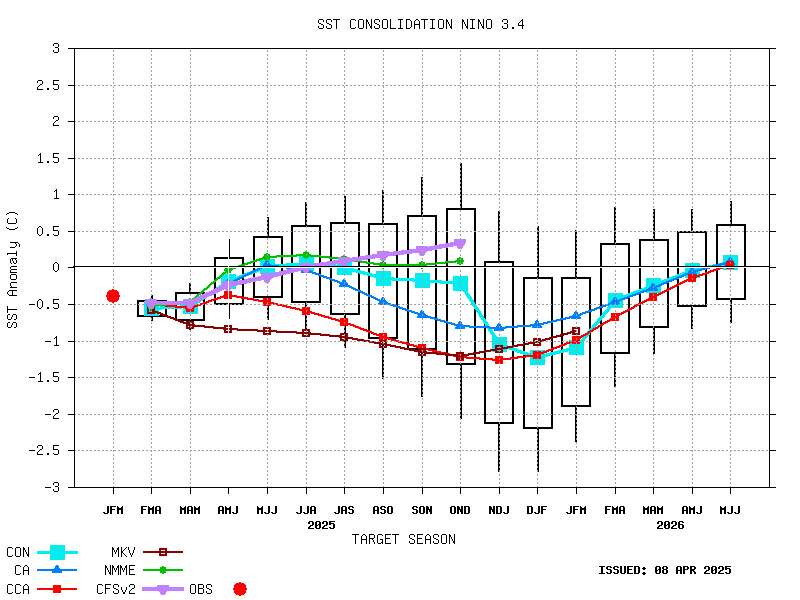dohboi wrote:Another area for concern is that the temperature difference between the two El Nino events, which are separated by l8 years, is nearly 0.5°C. That’s an average of about 0.25°C per decade, which would mean that an El Nino in the 2030’s could push us straight through 2°C.
Yup. As long as we keep putting more CO2 into the air, the planet is going to keep warming.
2° C should be enough to intensify the droughts, produce more killer heat waves, kill off the reefs in Florida and Austrailia and most other places, and really get the ball rolling on destroying the Greenland ice SHeet, resulting in 5-10 m of sea level rise.
You'd think even the dopes in DC could figure that out.





